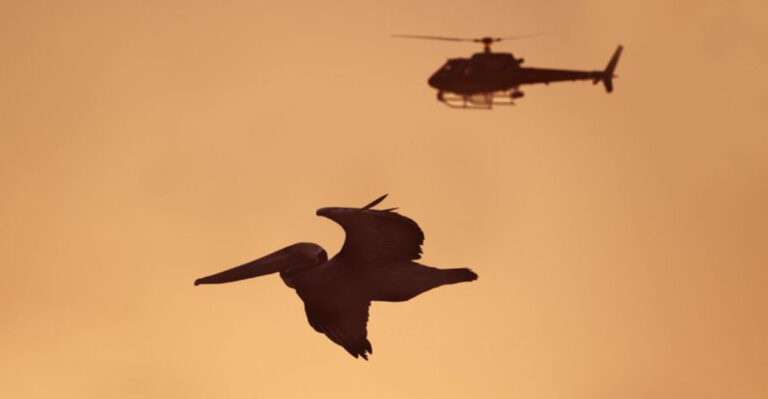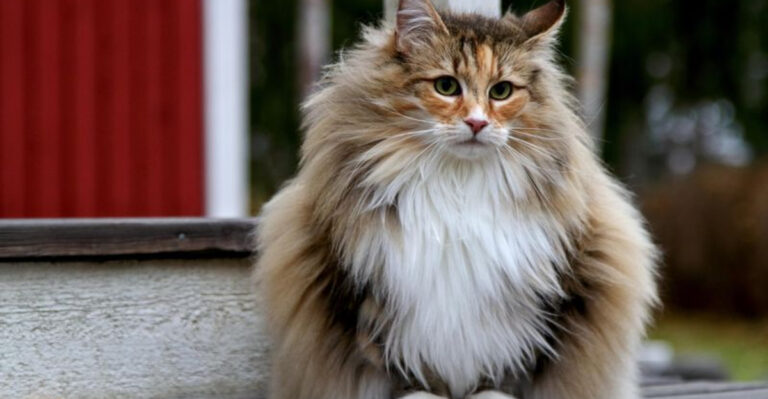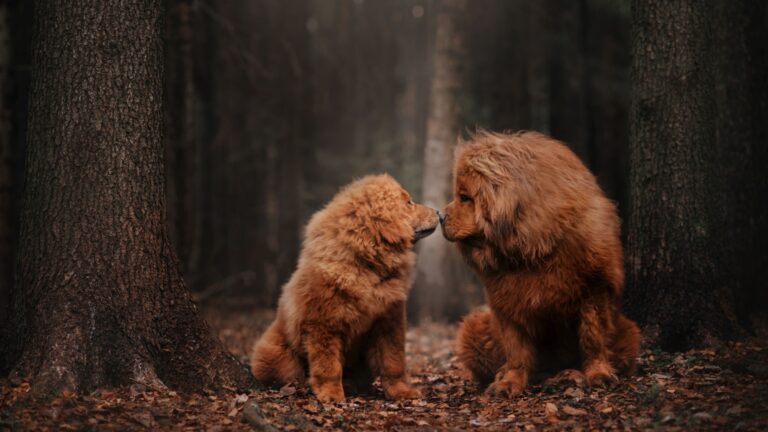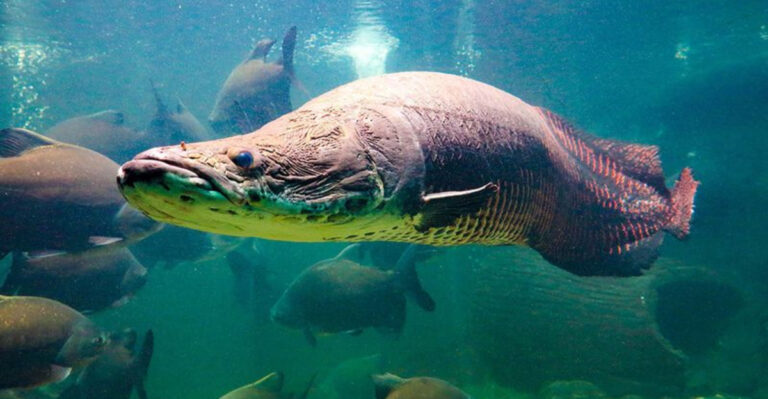14 Clues That A Wild Cat Might Be Watching You In The Wilderness
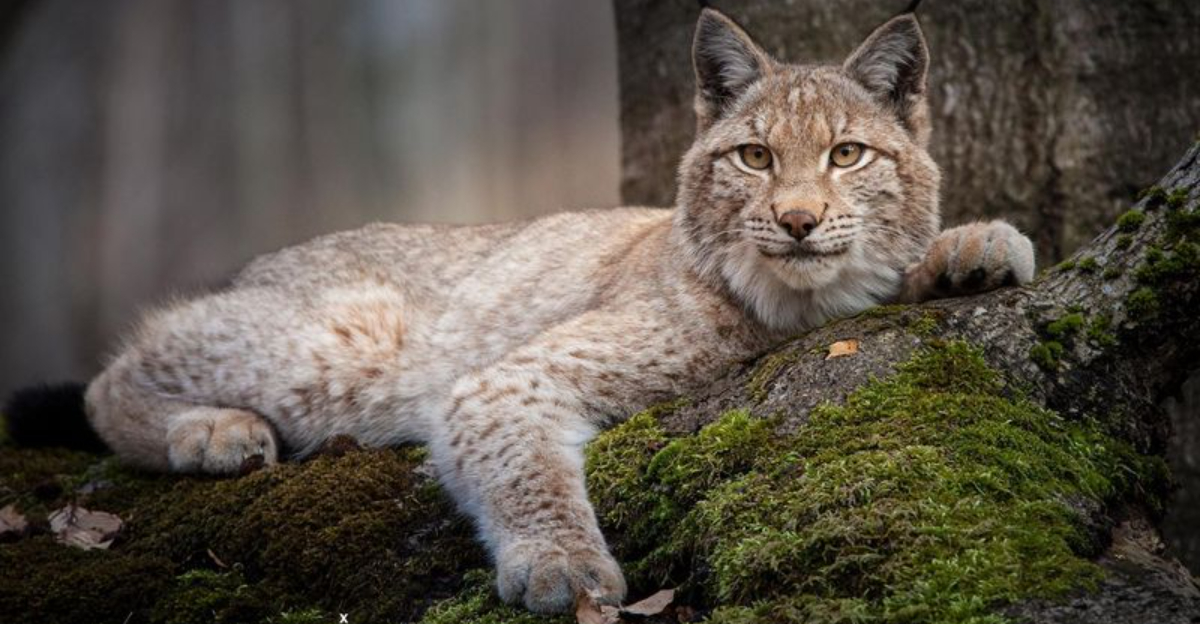
Venturing into the wilderness puts you in the territory of nature’s stealthiest predators – wild cats. From mountain lions to bobcats, these elusive hunters are masters of camouflage and silent stalking.
Knowing the signs that indicate a wild cat might be nearby isn’t just fascinating knowledge – it could be crucial for your safety during outdoor adventures.
1. Fresh Paw Prints Appear In Soft Ground
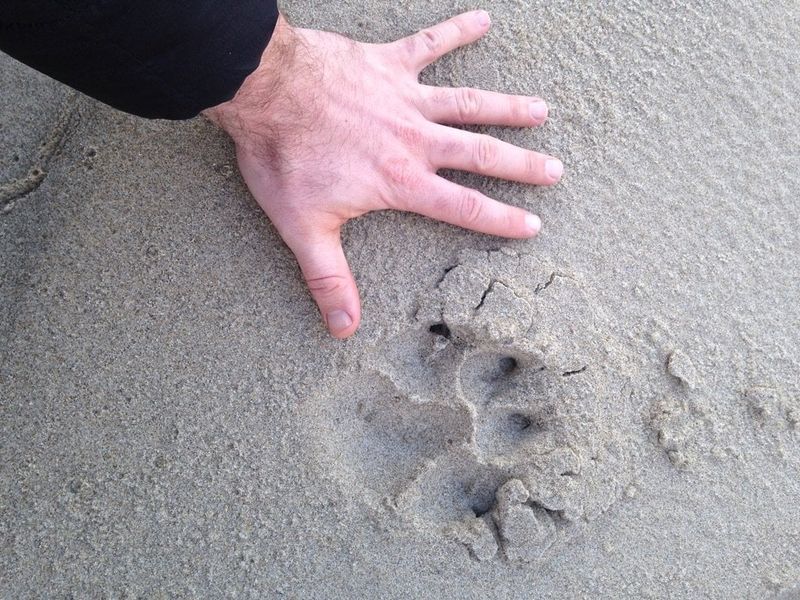
Unlike dog tracks, wild cat prints are asymmetrical with no visible claw marks. The main pad has three distinct lobes at its base, creating an M-shaped rear edge.
Mountain lion tracks measure 3-4 inches wide, while bobcat prints are roughly 1.5-2 inches. Fresh prints with sharp edges indicate the cat passed through very recently.
2. Eerie Silence Falls Suddenly
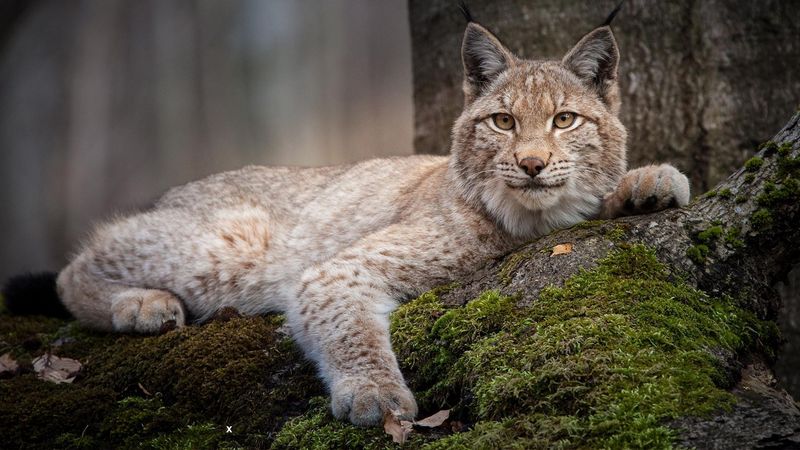
The forest’s usual symphony stops abruptly. Birds cease chirping, squirrels freeze, and even insects seem to hold their breath. This unnatural quiet isn’t random – it’s nature’s alarm system.
Smaller creatures sense predators before humans do, creating this telltale silence. Pay attention when the woods go quiet unexpectedly; it might be your earliest warning.
3. Unusual Scratch Marks On Trees
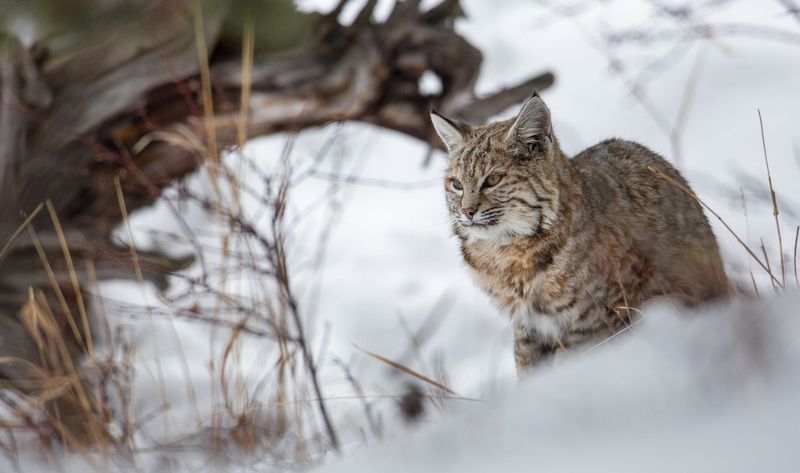
Wonder why that tree looks like it lost a fight with a giant rake? Wild cats sharpen their claws on trees, leaving vertical scratch marks about 5-8 feet high.
These territorial markers serve as communication posts for other cats. Fresh marks with exposed inner wood or sap suggest recent activity, warning you that a wild cat considers this area part of its territory.
4. Partially Buried Animal Remains
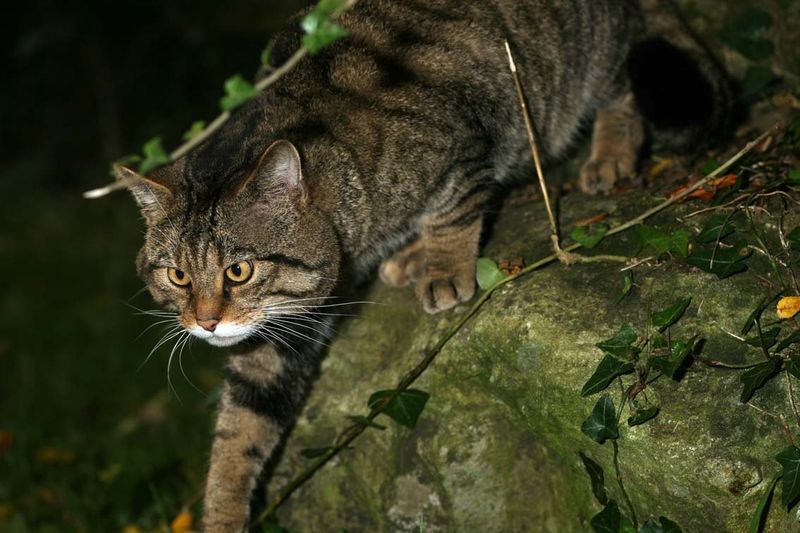
Stumbling upon partially covered animal remains isn’t just creepy – it’s a clear sign of wild cat activity. Unlike other predators, cats often hide what they catch under leaves, dirt, or pine needles.
They’ll return to feed over several days. Discovering such remains means you’re in an active hunting zone – and the predator could be watching.
5. Musky, Ammonia-Like Scent Lingers
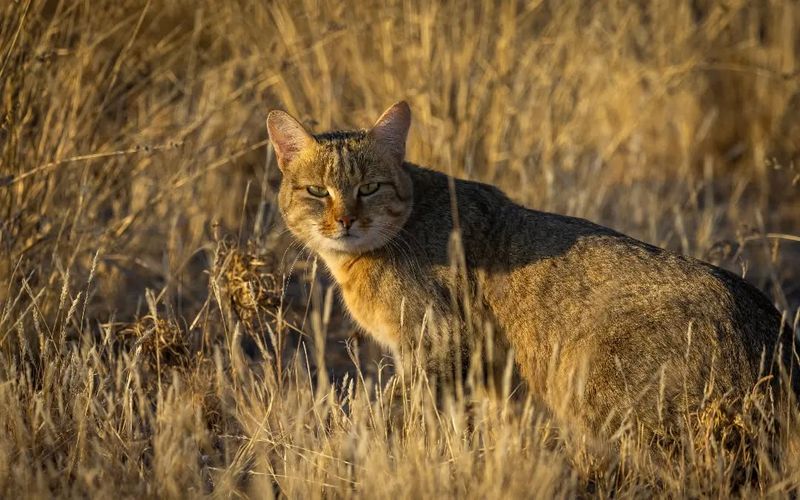
That distinctive, sharp smell resembling cat urine but stronger? It’s not your imagination playing tricks. Wild cats mark their territory with urine that contains specific pheromones.
The scent is particularly potent during breeding season. If you detect this unmistakable musky, ammonia-like odor while hiking, consider it a red flag that a wild cat frequents the area.
6. Tufts Of Fur Caught On Brush
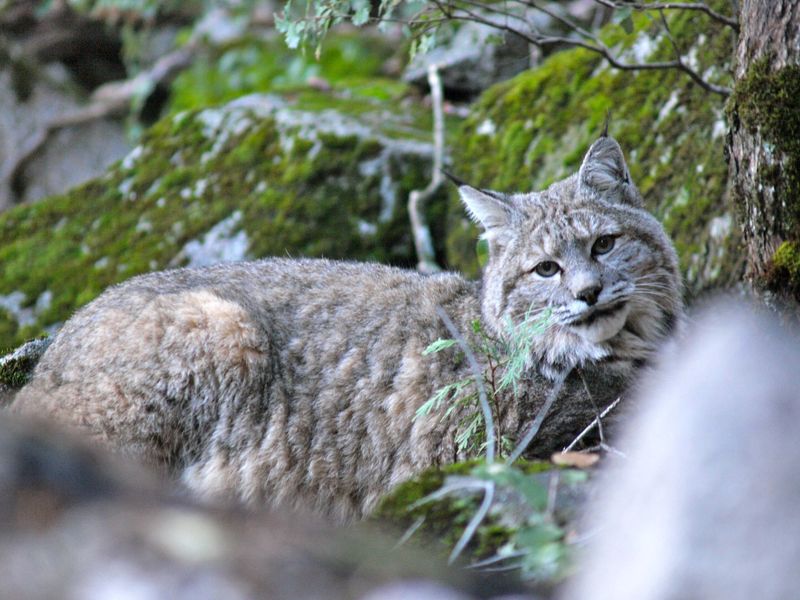
Small clumps of fur snagged on thorny bushes or rough bark aren’t just random debris. Wild cats shed seasonally, and their coarse fur frequently catches on vegetation as they pass.
Mountain lion fur is typically tawny or grayish-brown, while bobcat fur shows distinctive spots. These fur samples are valuable tracking clues that reveal which species might be watching your movements.
7. Repeated Warning Calls From Birds
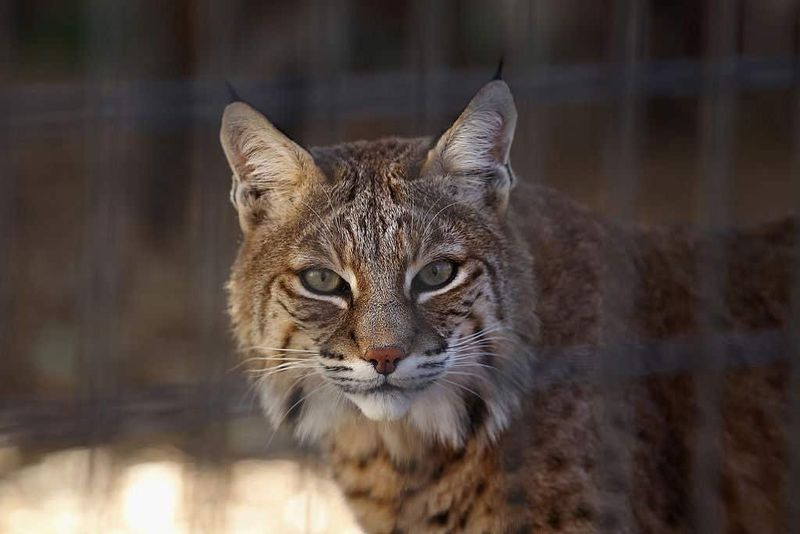
Jays and crows make excellent sentinels! These intelligent birds often spot predators before humans do and sound specific alarm calls when danger lurks.
A chorus of sharp, repeated warning cries directed at one area deserves your attention. Look in the direction the birds are focused on – their natural radar system might be highlighting a concealed wild cat you haven’t noticed yet.
8. Disturbed Vegetation Creating A Trail
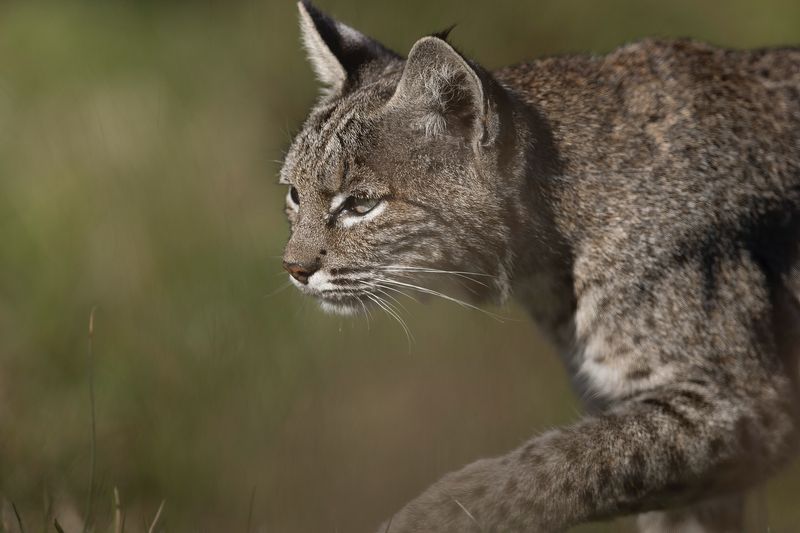
Bent grass blades and disturbed undergrowth forming a narrow pathway didn’t happen by chance. Wild cats create subtle trails as they stalk prey or move through their territory.
Unlike human or deer trails, these paths measure about 12-18 inches wide and often hug terrain features. Fresh vegetation disturbance with moisture still visible at broken stems indicates very recent passage.
9. Unexplained Movement In Your Peripheral Vision
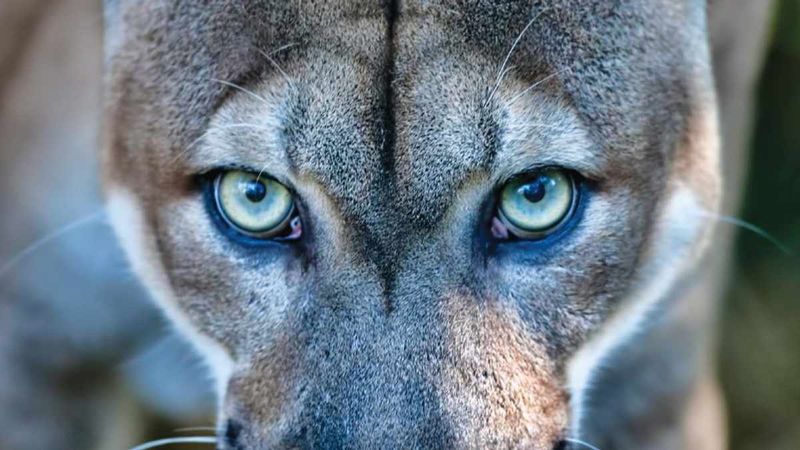
That flicker of movement just beyond your direct line of sight isn’t always imagination. Wild cats excel at stalking from cover, using minimal movement that human eyes barely register.
Our peripheral vision evolved to detect subtle motion for survival reasons. Trust that primitive instinct when it triggers – pause, scan slowly, and avoid the urge to run, which might activate predatory chase responses.
10. Unusual Deer Or Prey Animal Behavior
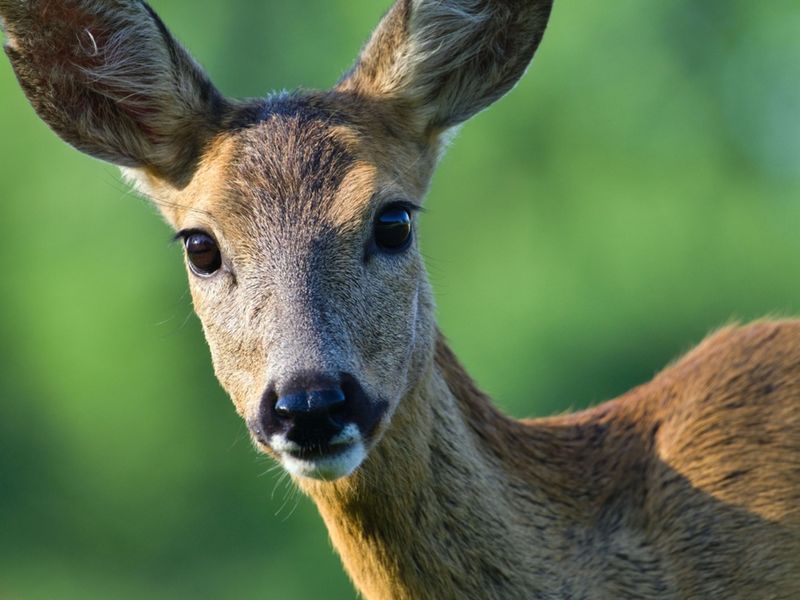
Prey animals develop finely-tuned survival instincts. Deer suddenly freezing, staring intensely in one direction, or nervously stamping their hooves are responding to threats you haven’t detected yet.
Watch for unusual grouping behavior too – prey animals clustering tightly or fleeing without obvious cause. Their superior senses might be alerting them to a stalking wild cat nearby.
11. Scat Deposits In Prominent Locations
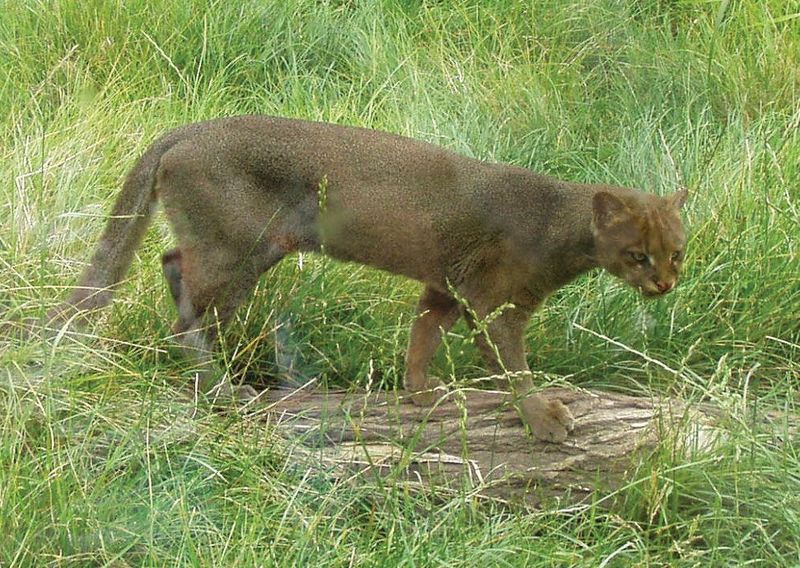
Finding cat droppings isn’t just gross – it’s informative! Wild cats intentionally place scat in visible locations like trail junctions or prominent rocks as territorial markers.
Unlike dog scat, wild cat droppings contain visible fur and bone fragments from prey. Fresh scat with a dark, moist appearance indicates recent presence, while segmented, tubular shapes roughly 3-4 inches long suggest a mountain lion.
12. Unusual Feeling Of Being Watched
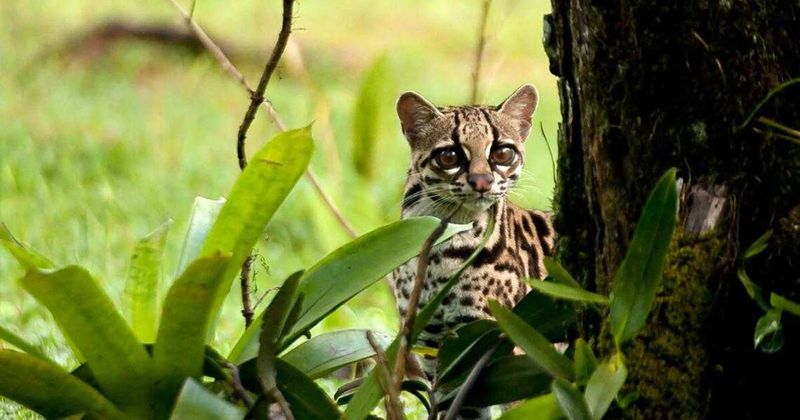
That prickly sensation on the back of your neck isn’t just paranoia – it might be your subconscious picking up subtle cues. Humans retained primitive instincts that sense predator presence through micro-signals our conscious mind doesn’t register.
Scientists call this “gaze detection,” and it evolved as a survival mechanism. When this feeling strikes in the wilderness, take it seriously and scan your surroundings carefully.
13. Cached Food High In Trees
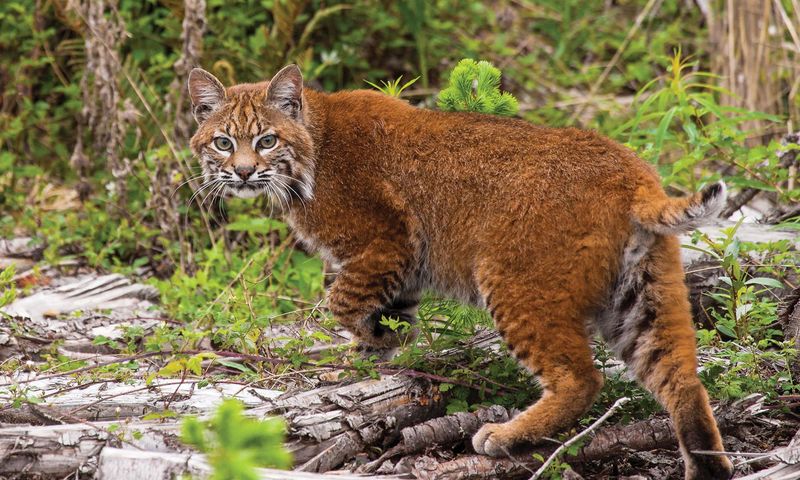
Glancing up might save your life! Mountain lions often drag larger prey into trees to protect it from scavengers and continue feeding over several days.
Look for unusual shapes in lower tree branches or unexplained blood trails leading upward. This behavior distinguishes cats from other predators and confirms you’re in active hunting territory where the owner likely remains nearby.
14. Circular Depressions In Tall Grass
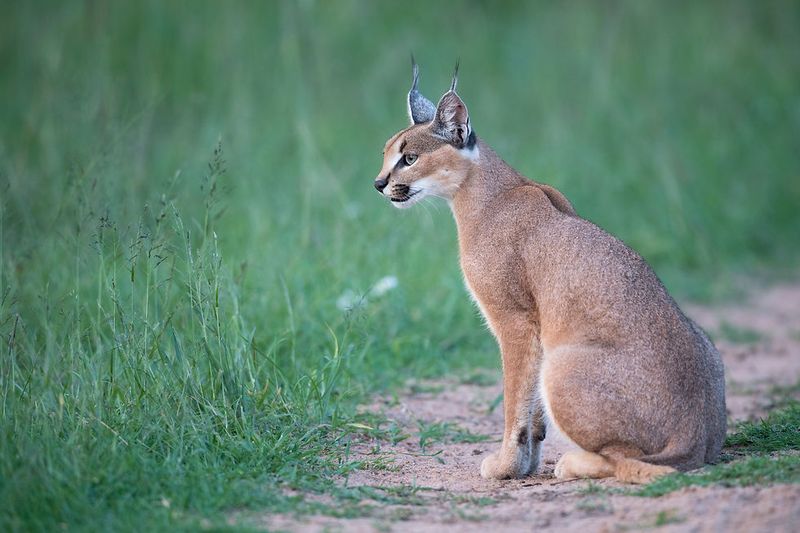
Mysterious circular flattened areas in grass or brush about 3-4 feet in diameter aren’t crop circles – they’re wild cat beds! These cats create temporary resting spots by circling and pressing down vegetation.
Fresh beds feel warm to the touch and retain body impressions. Finding these near game trails or water sources means a wild cat recently rested there and likely remains in hunting mode nearby.

